|
Alice. Self-Portrait. 2014 “Relativity is the absence of standards of absolute and universal application.” In other words, relativity is about seeing something from one perspective or another, without looking at the actual facts. Often times we are confused and see the world through our own narrow or foggy lens.  How often do you believe a story instead of taking a look at the real facts? Maybe its even your own story that you’ve compiled based on your perspective and feelings. I’ve recently learned that I do this when I find myself in a conflict in which I’m emotionally involved. I’m learning that I have the power to remove my perspective from the situation and only look at the facts. I have the power create a new story in my mind that doesn’t involve villainizing or validating, but simply recognizing that we are all humans with feelings, needs, and desires. With this new story, I can see this other person as reacting from their own needs and not intentionally trying to harm me. Empathy is about seeing a shadow of another person in ourselves. Many of us have heard the phrase "to walk around in someone else's shoes or moccasins. It can go even deeper than that with Harper Lee's statement in To Kill a Mockingbird, “You never really know a man until you understand things from his point of view, until you climb into his skin and walk around in it.” Of course, we are referring to mankind and not just man or woman. Do you take the time to climb into someone else's skin? Empathy and Van Gogh's paintings of shoes. Where is the empathy for humankind when we create a story to defend ourselves? We tell ourselves, “I’m right, he’s wrong.” I’m the hero, he’s the enemy." We do this in many different scenarios, from wars between countries, conflicts between co-workers, traffic frustrations, and even minor disagreements in relationships. In today's self-centered world, it seems that many have forgotten that not only are you, as an individual, on a pursuit of happiness, but everyone else is as well. So, instead of being blinded by the differences that superficially separate you from another person, a good place to start is to try to acknowledge the commonalities that you share with this person. The first limb of yoga is Nama. It consists of guidelines for how we treat others. One part of this Nama is Satya, meaning commitment to truthfulness. Satya means "to speak the truth," yet it is not always desirable to speak the truth on all occasions, for it could harm someone unnecessarily. We have to consider what we say, how we say it, and in what way it could affect others. If speaking the truth has negative consequences for another, then it is better to say nothing. Satya should never come into conflict with our efforts to behave with ahimsa. Ahimsa is another part of Nama which means compassion for all living things. It means kindness, friendliness, and thoughtful consideration of other people. Ahimsa implies that in every situation we should adopt a considerate attitude and do no harm. This precept is based on the understanding that honest communication and action form the bedrock of any healthy relationship, community, or government, and that deliberate deception, exaggerations, and mistruths harm others. Berlin is known as a city that underwent a huge social experiment. During this past century, it was divided into many parts starting with East and West Berlin. War, racism, political beliefs, and economics have been the dividing factors, making enemies and heroes out of individuals and groups of people. After the harmful destruction and many deaths in WWII, Germany, and Berlin itself (the capital of Germany) were divided into two sections. Half was for the USSR, who suffered the most from Hitler's insanity, and the rest for England, France, and the U.S. who also fought back in the war. From 1945 to 1961, young, strong, educated, and aspiring individuals were escaping East Berlin for more opportunity in West Berlin. The leaders of the German Democratic Republic (a nice way to say Communist East Berlin) noticed that they were losing a valuable part of their society, so at 4am on August 13th, 1961, the border became lined with barbed wire and armed guards to attempt to put an end to this possibility of escaping. Suddenly, relationships with family, friends, and lovers were severed in half. Months later the stone walls replaced the barbed wire and guards were ordered to control this "dead man's zone" by stopping anyone who tried to escape. Although the order was made to stop East Berliners from escaping, awards and promotions were giving to the snipers who actually killed escapees. The goal of these actions was to control the people by instilling and developing fear, the opposite of confidence and contentment. The wall has been down since 1989, a fact that came with some fascinating stories. There have been efforts to reunite the city. Have the perspectives been restored? Today, 35% of previous East Berliners believe that life was simpler in East Berlin when the wall was up and they were controlled by the GDR. Berliners refer to this nostalgic philosophy as fogged up glasses. They are simply noting that there was little competition in the GDR times. No drive to keep up with the Joneses. In contrast, they would have to wait in line for hours for very simple delicacies like a banana or pineapple, which only came around every few months. Do you think it would be difficult to adjust to world of competition after being handed a steady job and income for decades? Further, 75% of those that lived in West Berlin before the wall came down believe that life was better back then because now they have to pay a 5% income tax to rebuild East Berlin. They feel that they are losing some of their freedom and hard earned money from capitalism. Is this an attitude of empathy? Are both perspectives being recognized by the other side? Politics in Berlin today are still an area for controversy. I had the interesting experience of going on three different tours of Berlin to hear stories from many different angles. Stories about life on the East and life on the West. Stories about politicians and murders. Stories about the formation of the city and architecture.
Similar to yoga asana practice, Berlin is working on aligning its parts (neighborhoods and different political viewpoints) into one cohesive whole, just like the parts of your body working together to hold a pose. The fact here is that there was a wall running through the middle of an established city. The way of life changed for each side. Now that the wall has been removed, there is change all over the city again. People choose to feel happy or frustrated with these changes. The important thing to remember is why. They each have a story. They can each choose to overcome it, listen to the other side, and to seek and find the truth, satya, in the facts while behaving towards the others with ahimsa, kindness and understanding. How can we seek to be happy and also care about the rest of humanity? We have our own desires, values, and principles either because they were handed down to us by our culture, nation, religion, or family, or because we have taken the time to think deeply about our own experiences and the experiences of others. How can we empathize with the other side? Personally, I like to start by reading and traveling to take a deeper look into cultures and individuals perspectives. Through conversation I also seek to understand the past, present, and future goals of other individuals without judgement. Why are you here? Where have you come from? Where are you going? We have all had time of confusion in our lives, in which we did not see clearly, through fogged up glasses. Can you feel that warmth of understanding and clarity when you pause to see things in a new way? Yoga helps :)
0 Comments
Budapest is known as the “City of Baths.” Hungary is a land of thermal springs, and Budapest remains the only capital city in the world that is rich in thermal waters with healing qualities. Thermal baths are the emergence of geothermally heated groundwater that rises from the Earth's crust. Because heated water can hold more dissolved solids than cold water, warm and especially hot springs often have very high mineral content, containing everything from simple calcium to lithium, and even radium. Thermal baths have many health benefits. They are known to heal skin problems such as acne, eczema, psoriasis, rashes, dryness, and dry scalps. They also increase hydro-static pressure on the body, which increases blood circulation and cell oxygenation. Further, they help to dissolve and eliminate toxins from the body. The healing effects of the minerals in the water can include stimulation of the immune system, leading to enhanced immunity. Hot mineral baths may also aid in pain relief and fibromyalgia fatigue. Heat relaxes tense muscles. Further, when you soak in warm water, your body temperature rises, then quickly cools down afterwards. This cooling of the body can help you relax and sleep more deeply. Thanks to a unique geological feature, Budapest 'sits' on over 100 thermal springs that feed the city's famous bathhouses. One of the reasons the Romans first colonized the area immediately to the west of the River Danube and established their regional capital at Aquincum (now part of Óbuda, in northern Budapest) is so that they could utilise and enjoy the thermal springs. Thermal bathhouses in Budapest usually have one or two main pools and several smaller pools with different water temperatures. Since the 1950's, Budapest has been regarded as a center for intellectuals and artists. Budapest gained its reputation as a city of spas in the 1920's, following the first realization of the economic potential of the thermal waters in drawing in visitors. Since the 1950's it has been regarded as a center for intellectuals and artists. “Noble deeds and hot baths are the best cures for depression.” ― Dodie Smith Water is symbolic of healing and cleansing. An ancient Oriental proverb states, "Be water my friend, be water," which is to say be flexible, adaptable in mind and body. The Element of Water is incredibly pliable. It comes in fresh or salt varieties, as snowflakes and rain, as ice or living oceans. All these variations give Water a rather unpredictable character. Spiritually speaking, the Element of Water symbolizes our emotions that ebb and flow. Water teaches us control over that cycle as well as reminding us that change is inevitable and we need to filter out dirty or negative thoughts. It is very important to remember that humans are mostly water-based. How often do you think about the healing affects of water? Do you drink enough water daily? Are you flexible and adaptable in your mind? So how does this relate to yoga?
Saucha is one of the Niyamas from the 8 Limbs of Yoga. These 8 limbs are discussed in many ancient Indian texts such as the Mahabharata and Patanjali's Yoga Sutras. Saucha means cleanliness. Cleanliness indicates a sense of self-respect. On a basic physical level it applies to how we clean ourselves. It’s the way or frequency that we shower, wash our hair, clean our teeth, and wear clean clothes. This clearing out, on all levels, allows Prana (life force) or energy to flow freely. We release and dissolve all kinds of blockages and unnecessary dirt or toxins. This cleanliness also applies to food. We’ve all heard the popular phrase, “You are what you eat,” so the cleaner our food is, the cleaner we’re going to be inside and out. Saucha might also need to be applied when it comes to judging yourself for not achieving a goal at work, or impurities might arise when we get angry, stressed, worried or fearful about a situation. We need to maintain cleanliness on both the inside and out. How do you feel when you cleanse your body? How do you feel when you eat clean, healthy foods? How do you feel when you clean your environment? How do you feel when you clean up your thoughts? Self-love is regard for one's own well-being and happiness. Contrary to the popular Justin Beber’s lyrics in the song, Love Yourself, I am not referring to a self-absorbed narcissistic world view. Oscar Wilde states, “To love oneself is the beginning of a life-long romance.” Have you ever been to Paris? Known as the most romantic city in the world, what is it about this city that fills your heart with love and light? Well, ironically it is known as the “City of Light”. Paris is also considered one of the most beautiful cities in the world with its numerous parks, gardens, aesthetic architecture, sculptures that line the streets, charming cafes and restaurants, countless world famous art museums, and hidden surprises like the sparkles on the Eiffel Tower on the top of the hour. Likewise, when you focus on the positive and notice all of the beauty, this attitude illuminates oneself. Further, as a British novelist Roald Dahl famously states, “If you have positive thoughts, they will shine off of your face like sunbeams and you will always look lovely.” This title as “City of Light” is also believed to owe its fame as both a center of education and ideas and its early adoption of street lighting. These classic Paris street lights are now celebrated in contemporary culture as well. One of San Diego’s most romantic restaurants, Café Chloe, features one as a re-purposed chandelier. However the original term "ville lumière" is actually meant to mean "city of enlightenment" in terms of culture and learning. With that in mind, learning about yourself can enlighten your being and fill your heart with happiness. Mary Dunbar states, “We are each gifted in a unique and important way. It is our privilege and our adventure to discover our own special light.” Here's 6 Ways to Love Yourself by diving deeper into your own enlightened learning. 1) Self- Knowledge Socrates's proclamation was "know thyself." Self-knowledge is what an individual draws upon when finding an answer to the question "What am I like?" It refers to understanding of one's own capabilities, character, feelings, or motivations. According to Daphne Rose Kingma, “Everything worth having costs something, and the price of true love is self-knowledge.” In yoga, self-knowledge is part of the Petal or Limb of Niyama, referring to how we treat ourselves. The fourth Niyama is Svadhyaya. Sva means "self' and adhyaya means inquiry or examination. Any activity that cultivates self-reflective consciousness can be considered svadhyaya. It can also be associated with spiritual self-education. Seeking more knowledge about how to become your best being, fulfilling your own potential. For example, studying the 8 Limbs of Yoga and trying to find connections within yourself is one way to practice self-knowledge. Further, reflecting on your goals in every aspect of your life, help one to feel directed and alive. Recently, I had a few coaching sessions with Rebekah Anderson. In one of these sessions, she led me through an activity in which I listed my goals for my career, health, travel (entertainment), relationships, and environment. This process is helping me to fulfill my potential, using my motivations and positive feelings. “Don’t ask yourself what the world needs, ask yourself what makes you come alive. And then go and do that. Because what the world needs is people who have come alive.”– Howard Washington Thurman 2) Self- Awareness Self-awareness is the ability to recognize oneself as an individual separate from the environment and other individuals. Johnny Depp adds, “I think everybody’s weird. We should all celebrate our individuality and not be embarrassed or ashamed of it.” We can intentionally find self-awareness in all our activities and efforts, even to the point of welcoming and accepting our limitations. For example, each time you reach for a cigarette, cocktail, or decadent dessert, are you conscious of the affect that it will have on your body? Further, do you set aside time each day to nurture your body through exercise and stretching (also known as the physical practice of yoga). This self-awareness can also refer to another Niyama, Tapas, paying attention to body posture, attention to eating habits, and attention to breathing patterns. According to philosopher John Locke, we are the same person to the extent that we are conscious of our past and future thoughts and actions in the same way as we are conscious of our present thoughts and actions. If consciousness is this "thought" which doubles all thoughts, then personal identity is only founded on the repeated act of consciousness. Aristotle proclaims, “You are what your repeatedly do. Excellence then is a habit.” Furthermore, the concept of the Law of Attraction consists of the belief that thoughts lead to feelings that lead to actions and finally gain results. This can be considered in both positive and negative aspects. I’ve seen both surface in my own life. For example, when I think that someone is saying something harmful to me, I may feel defensive and angry. Further, I may say mean or hurtful things in return. The result is that this person may not want to continue a friendship with me, or the relationship will no longer be positive. This all started with my thought that this person is trying to harm me. I have the power to deflect that thought. I can use self-awareness to pause and notice that this thought surfaced; then, I can foster self-respect and realize that these words do not have to affect me. I can take confidence in who I am and see this person simply as someone who does not understand me. Then, my feelings can be calm and confident. Further, my response will be positive or neutral, leading the relationship to progress as a result. 3) Self-Acceptance Self-acceptance relates to the Niyama of Santosha, modesty and the feeling of being content with what we have. If nothing else, you can be grateful for the ability to breathe. As long as you are reading this, you are still alive. You have a mind and a body. As I learned from Kevin Koskella in his Burn Fat for Life course, one way to practice self-acceptance is to daily stand in front of a mirror, naked, with no make-up and proclaim, “I accept myself for the way I am today." Be comfortable in your own skin, learning to love and accept the person that you are. This doesn't mean you have to think that you're perfect, but you learn to embrace yourself. Be happy with all of the things you love about yourself, and be okay with the parts of you that are less-than-perfect, especially the ones you can't change. Forgive yourself for things you've done in the past that you’re not proud of. Admit what you did was wrong, apologize to others if necessary, and work on moving forward. If you're too hard on yourself for making the wrong decision or saying something hurtful, then you'll never be able to move on. Know you're human. People make mistakes. Making mistakes is the way we learn, so accept them and forgive yourself. "You yourself, as much as anybody in the entire universe, deserve your love & affection." ~Buddha 4) Self-Respect “Our self-respect tracks our choices. Every time we act in harmony with our authentic self and our heart, we earn our respect. It is that simple. Every choice matters.” Building true confidence takes a lot of work. Stop wishing you had what others have. Maintain your own standards and work on achieving the goals you want to achieve. Think for yourself by developing your own sources of knowledge and doing research. It's much more impressive to succeed at doing what you want to do instead of following the path that everyone else has taken. Give yourself the reward of a decision well-made and stick to it, no matter how difficult it may be. Respecting yourself does not mean thinking that you are perfect. It's okay to ask other people for advice, and this can actually help you gain a more balanced perspective, If someone gives you helpful and constructive feedback, evaluate what they’re telling you. You may be able to use the feedback for self-improvement. However, you shouldn't spend your time doubting yourself, thinking that what you've done is all wrong, and wishing that you had done something else. Spend time with yourself by pretending you're dating yourself. Try out a new restaurant that's exactly what you'd like to do. This will give you a chance to connect with your own feelings and opinions. Even if things aren't going your way, be confident about the fact that something good is bound to happen eventually. Be pleased with your everyday life and all that it can offer you. If you really want people to respect you, practice modesty and humility, letting other people recognize for themselves how awesome you are. Spend time dating yourself. 5) Self-Empathy Identify your feelings. Be honest about what you are feeling, taking responsibility for these emotions. Clearly state what you need or want from a situation. You might say, “I need to have a better image of myself, and I don’t want to listen to negative comments about myself.” Dealing with life's situations with a calm mind rather than when emotions are running high will help you feel more in control and better about the way you handle your daily situations. Shakti Gawain states, “My willingness to be intimate with my own deep feelings creates the space for intimacy with another.” Yoga's Ahimsa means kindness, friendliness, and thoughtful consideration of other people and things. Mohsin Hamid shares, "Empathy is about finding echoes of another person in yourself." Giraffes are the symbol of empathy as they are the animal with the largest heart. We must first understand ourselves, before being able to understand others. The Eiffel Tower is reminiscent of a giraffe. 6) Self-Responsibility If you've messed up, let people know in a way that shows that you're truly sorry and that you've put enough thought into the situation to avoid doing the same thing again in the future. Learn to forgive the people who have wronged you. A good place to start is to figure out what you can control and what you can't control. For example, you can't control the actions of other people (you can influence them, but not control them), and you can't control the weather. But you can control how you react to people even in negative situations, and you can control how you decide to feel. You can also take actions to improve the way you are handling different relationship situations, such as learning to be more assertive, and learning about healthy boundaries, how to enforce them, and how to stick to them. This will help you learn healthy behavior patterns that will encourage people to treat you well and increase your self-respect. “The best friend you will ever find is you. Love yourself with joy and fill your heart with bliss and happiness.”
Light and Love at Yoga One San Diego.
|
Hannah Faulkner
|


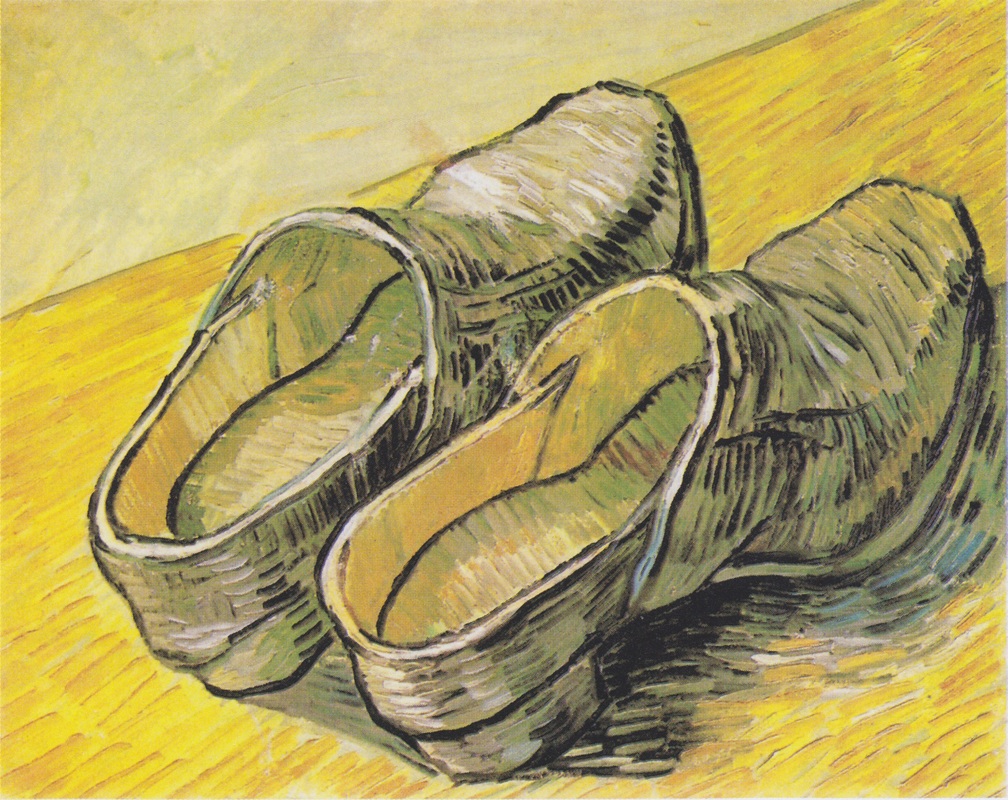










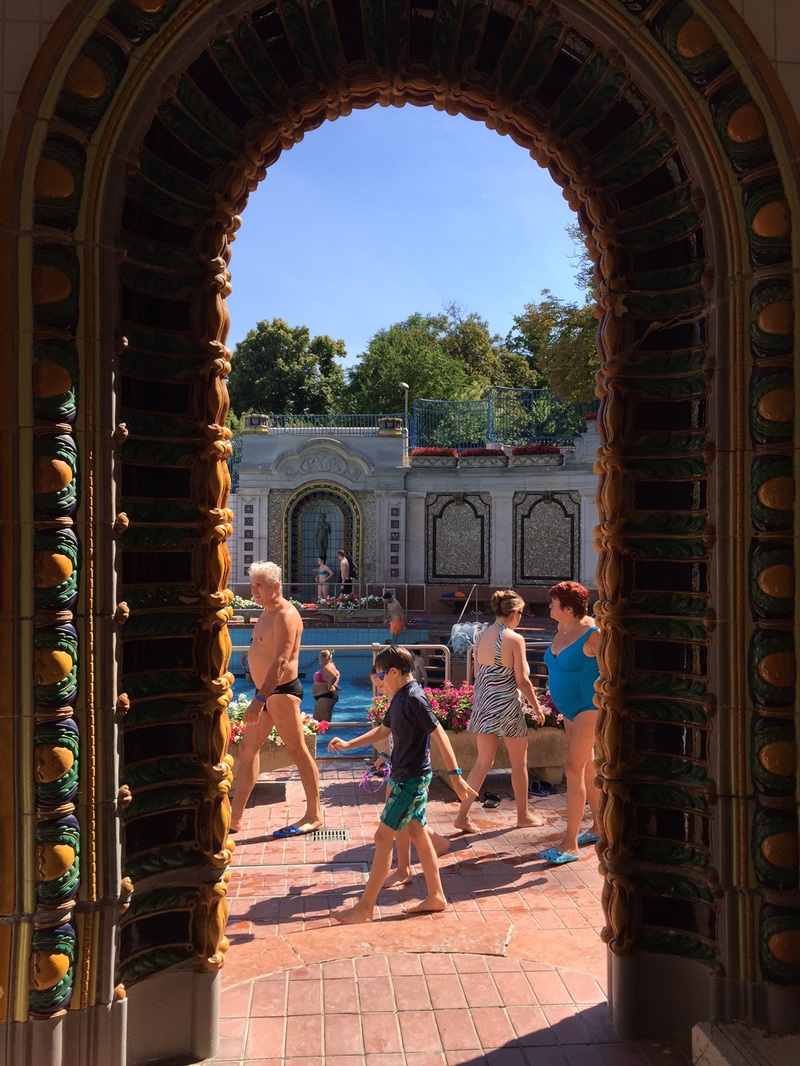
















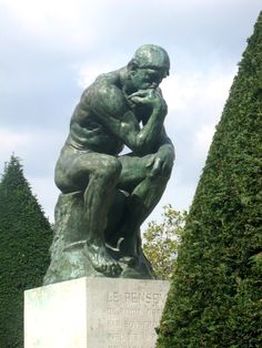








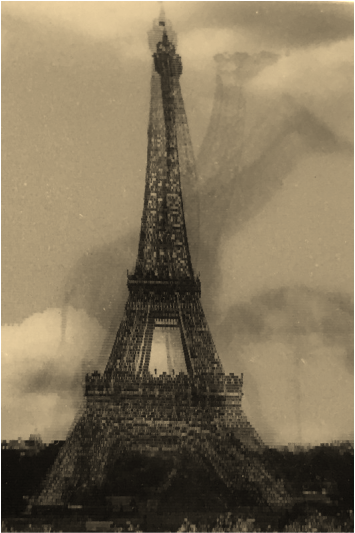






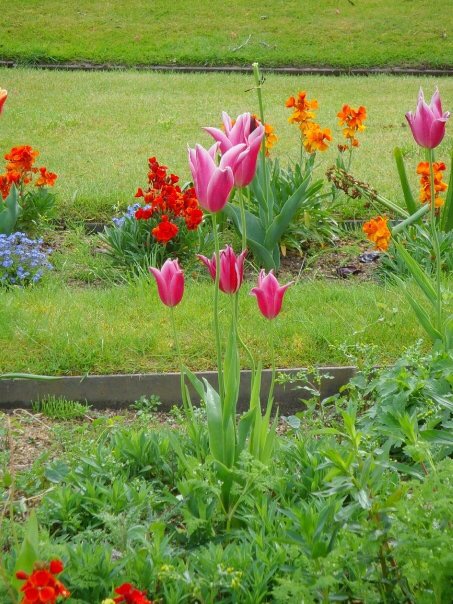
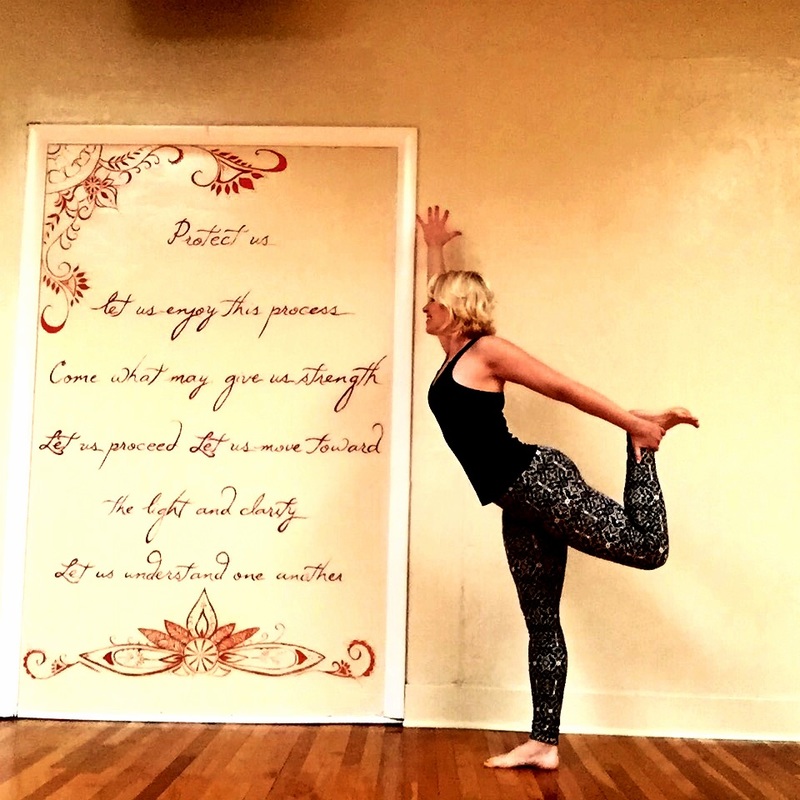












 RSS Feed
RSS Feed